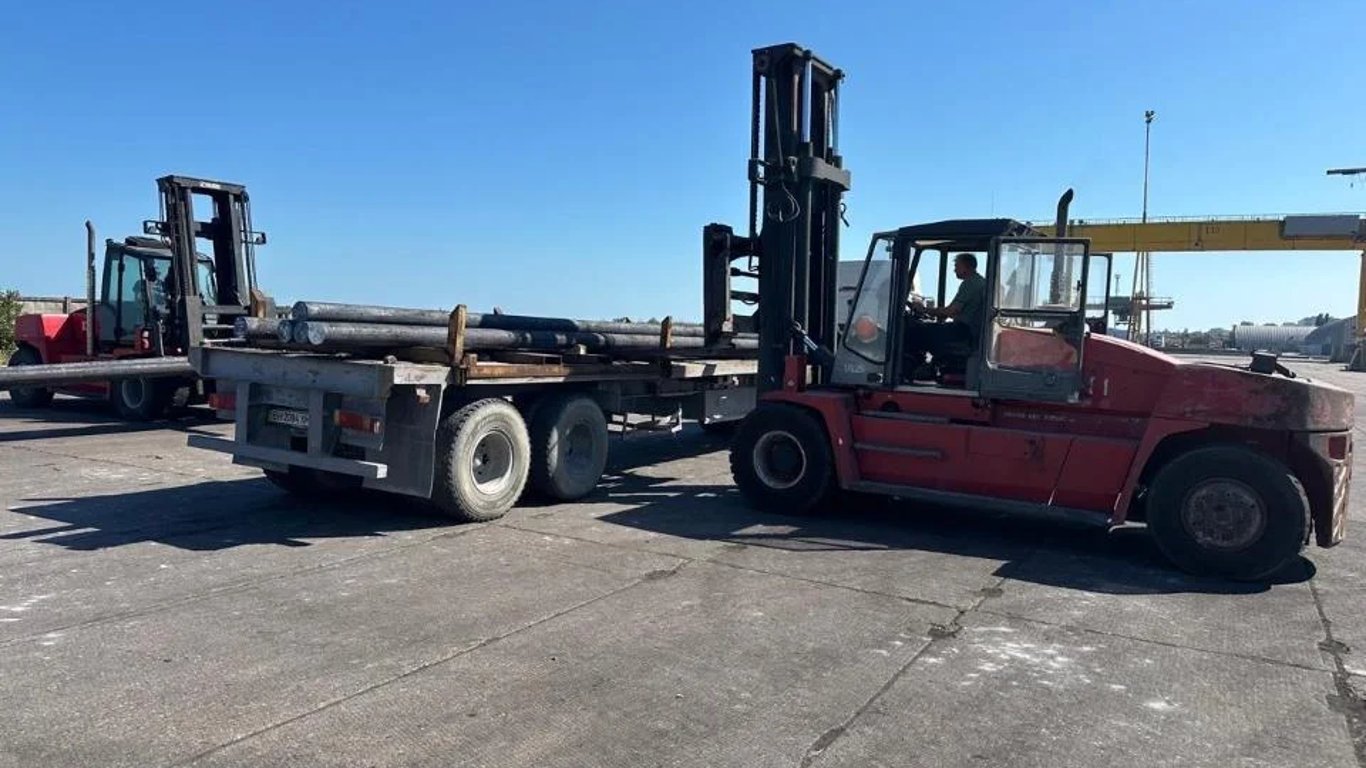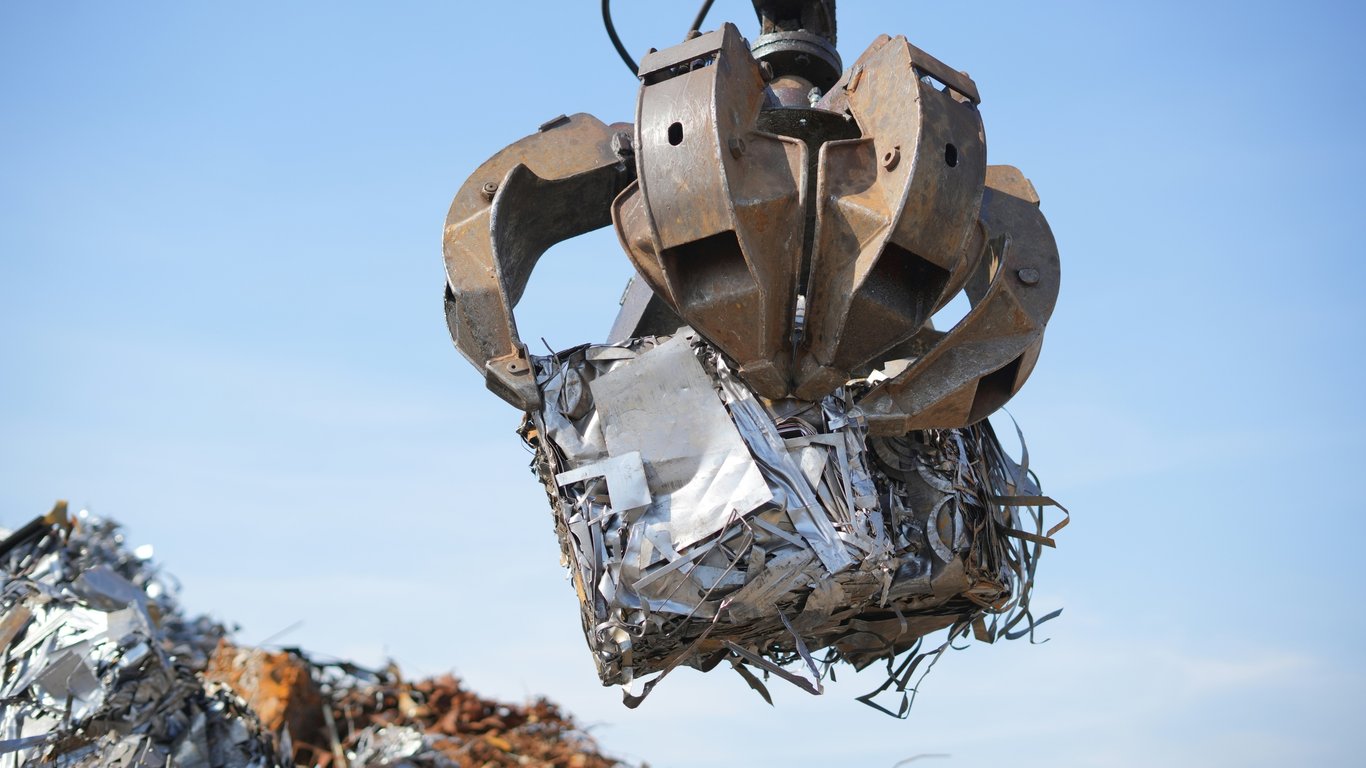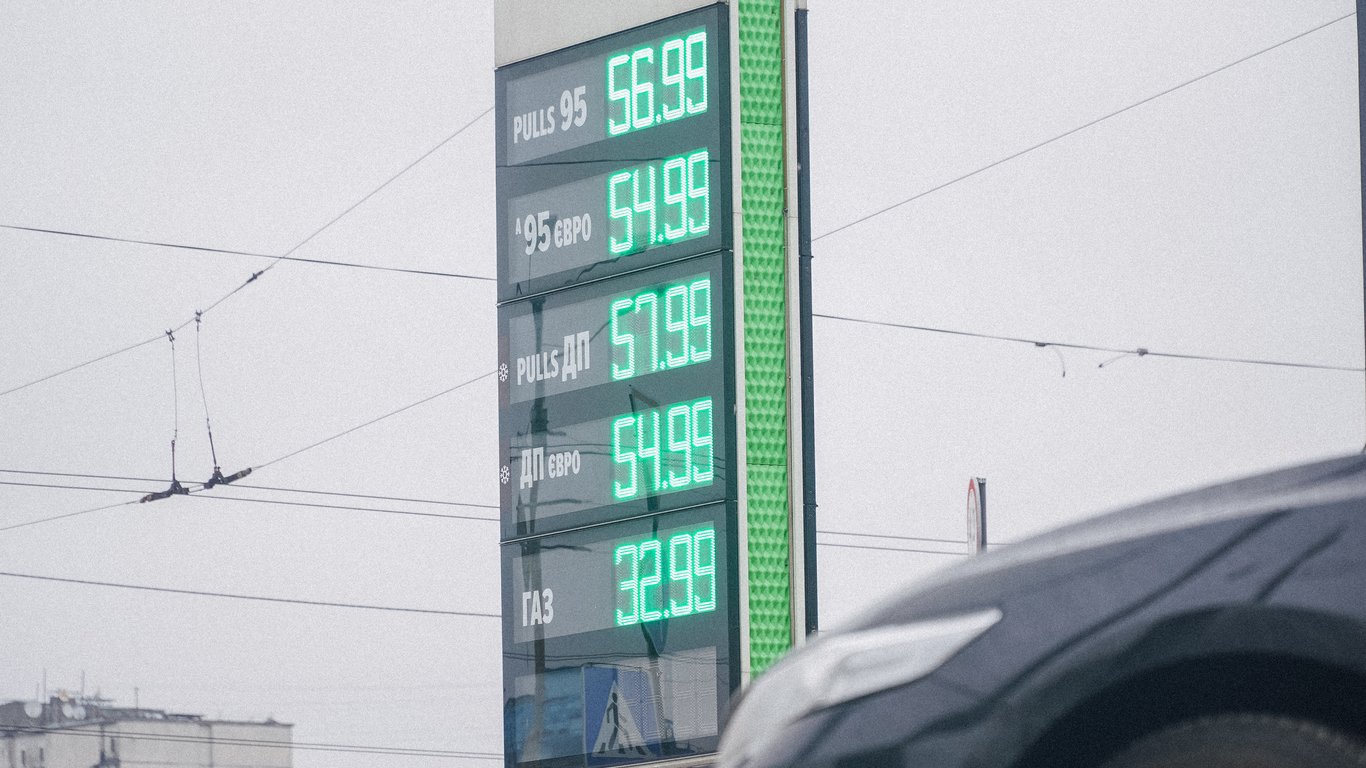Lithium from the sea — how it can displace mines and change geopolitics.


Over the past two years, global demand for lithium has increased by 63%, reaching 165 thousand tons for the period 2021-2023. It is projected that by 2030 this figure will rise by 222% and exceed half a million tons. This growth is explained by the rise of electric transport, investments in green energy, and a reduction in oil consumption.
Supply crisis on the horizon
Despite the growing demand, traditional sources of lithium cannot keep up with supply. It is projected that a shortage may occur as early as 2027. Experts emphasize that this issue concerns not only batteries but also the preservation of the energy transition.
Why traditional lithium extraction has limitations
Environmental and water issuesModern lithium extraction methods lead to significant environmental damage and depletion of freshwater sources.
Geopolitical concentrationMost of the world’s lithium production is concentrated in Australia, Chile, and China, which creates supply risks.
Price fluctuationsPrice instability can deter investors and delay the development of new projects.
The lithium market is rapidly growing due to increasing demand from electric transport and green energy. However, there are serious issues that could limit the further development of this sector, including environmental aspects and geopolitical risks. It is necessary to find a balance between high demand for lithium and its sustainable supply to ensure the sustainable development of the green technology sector.
Read also
- Steel transshipment has resumed at the port in Odesa region — what will it bring
- A New Word in the Energy Industry - Where a Natural Hydrogen Source Was Found
- Ukrainians are profitably selling scrap metal in July — what is the price for 1 kg of scrap
- The gas station updated fuel prices - what drivers in Ukraine should prepare for
- How to pay less for electricity in summer — DTEK named an important nuance
- The firewood season has begun - where to buy and how much does it cost








